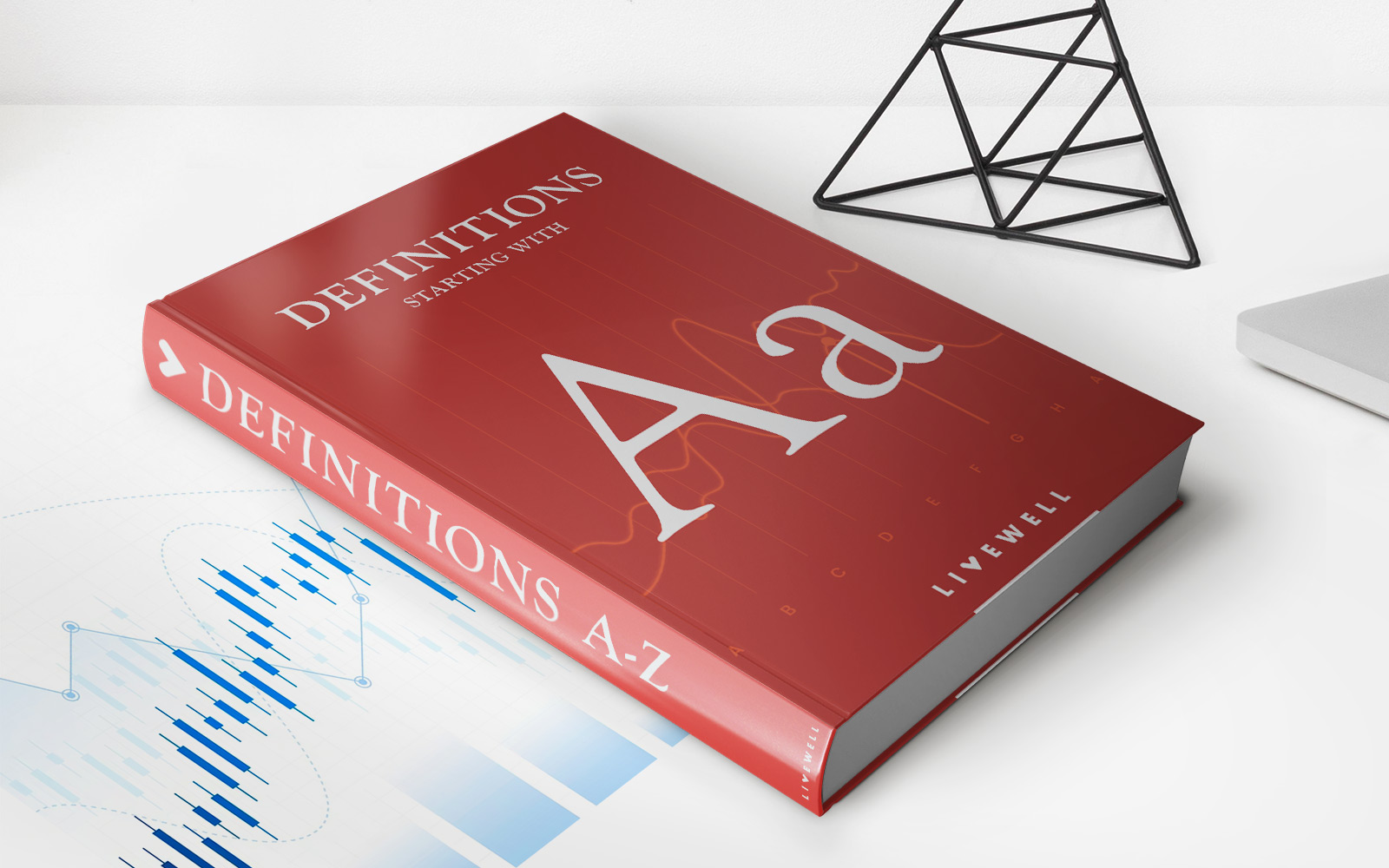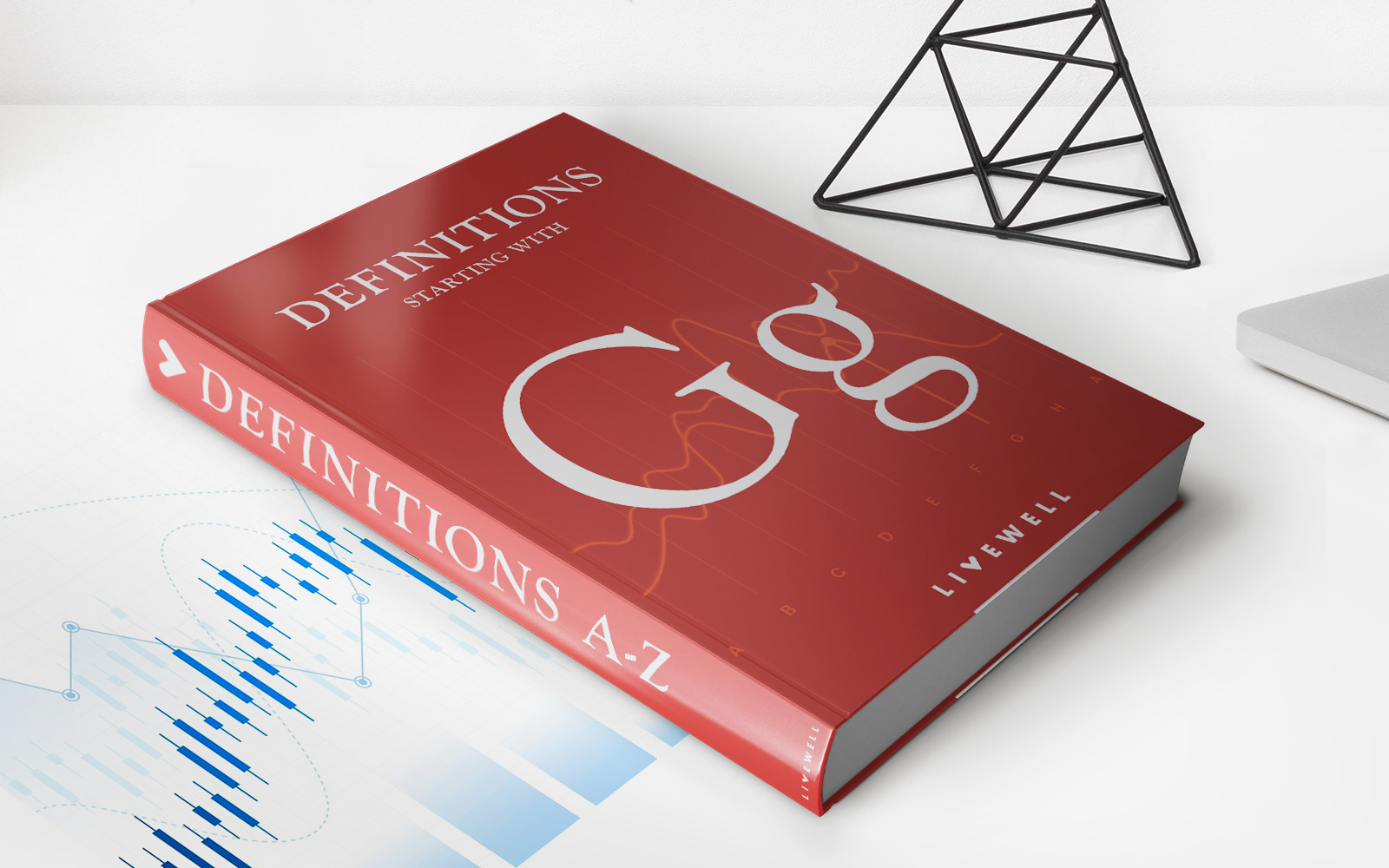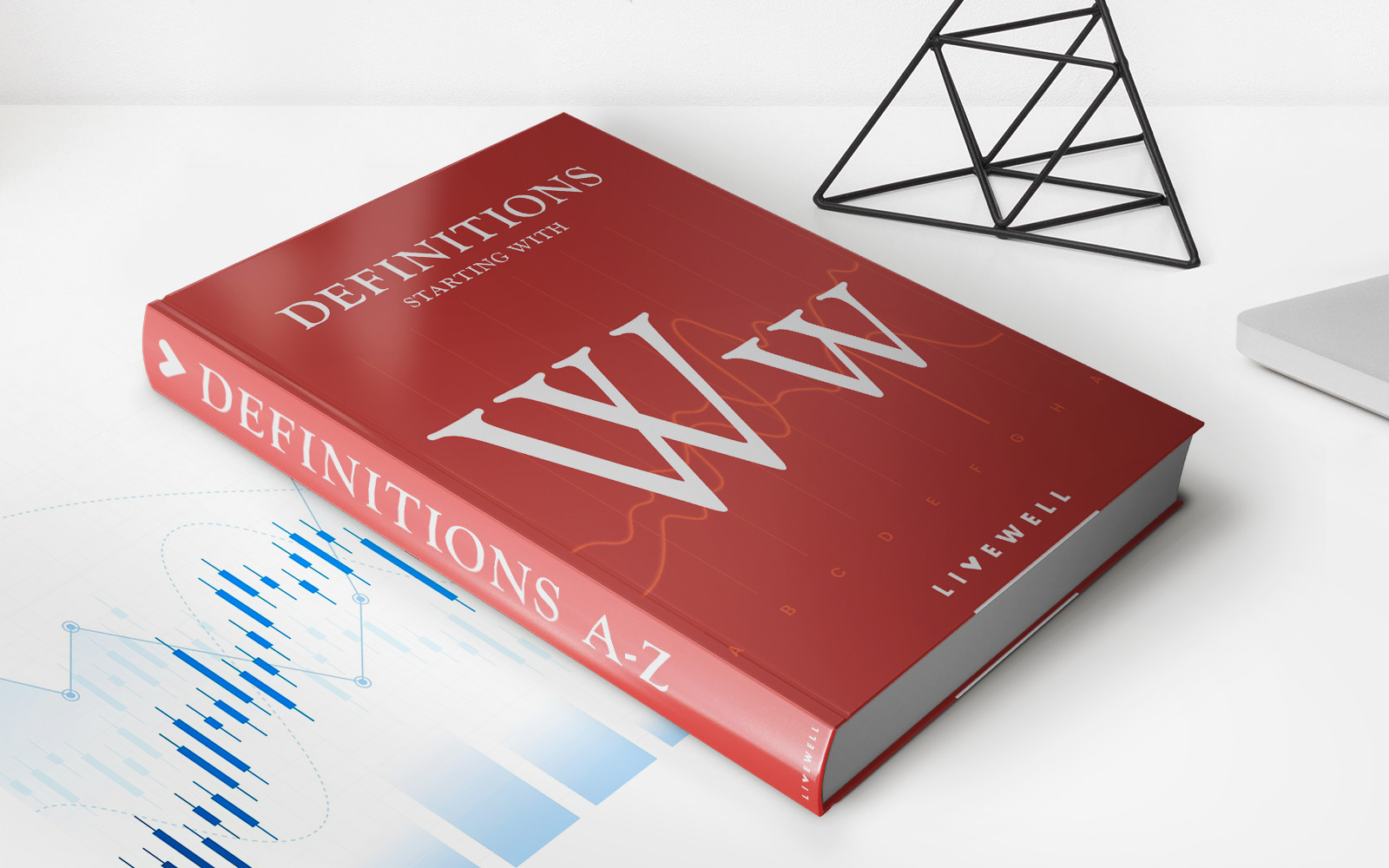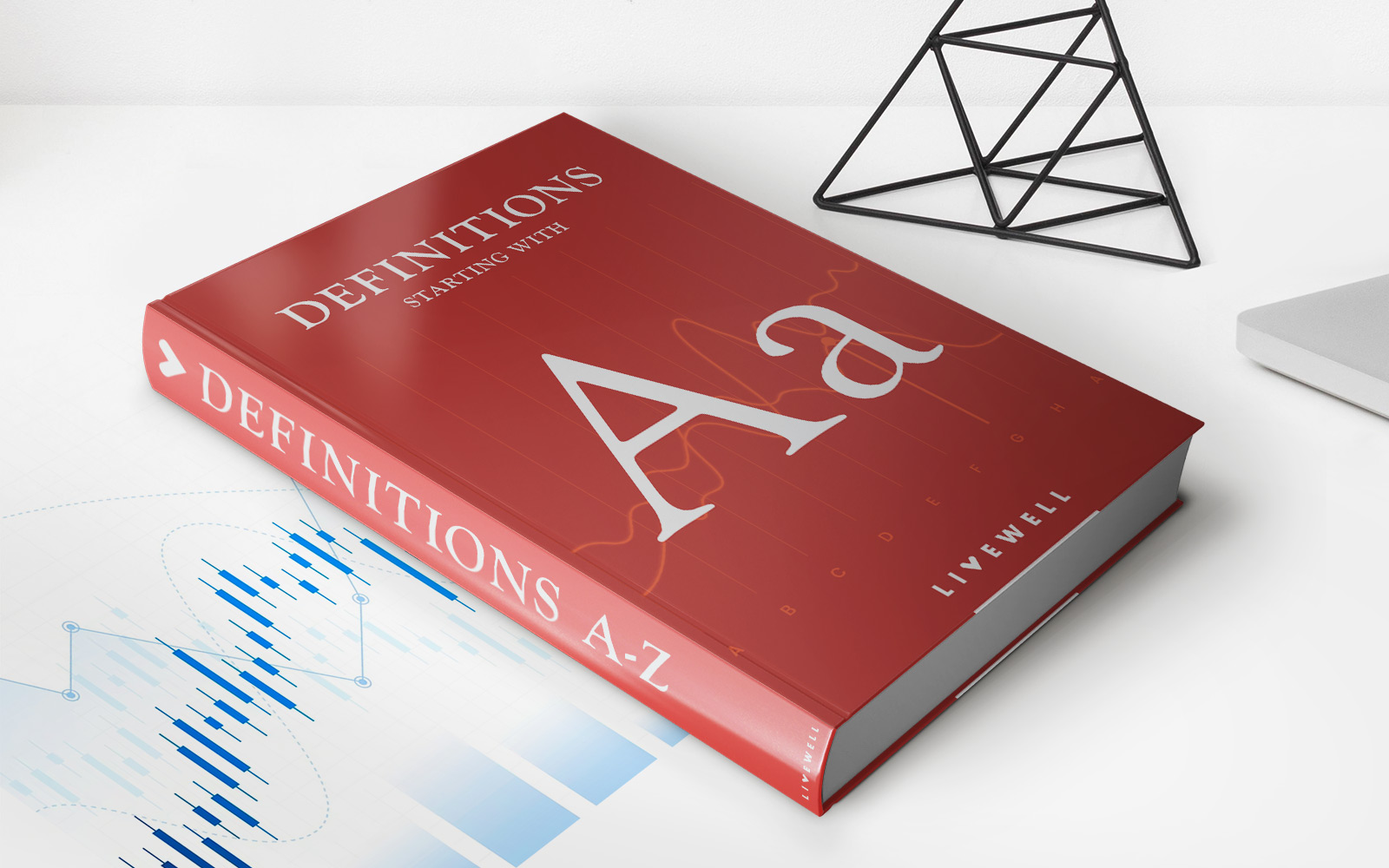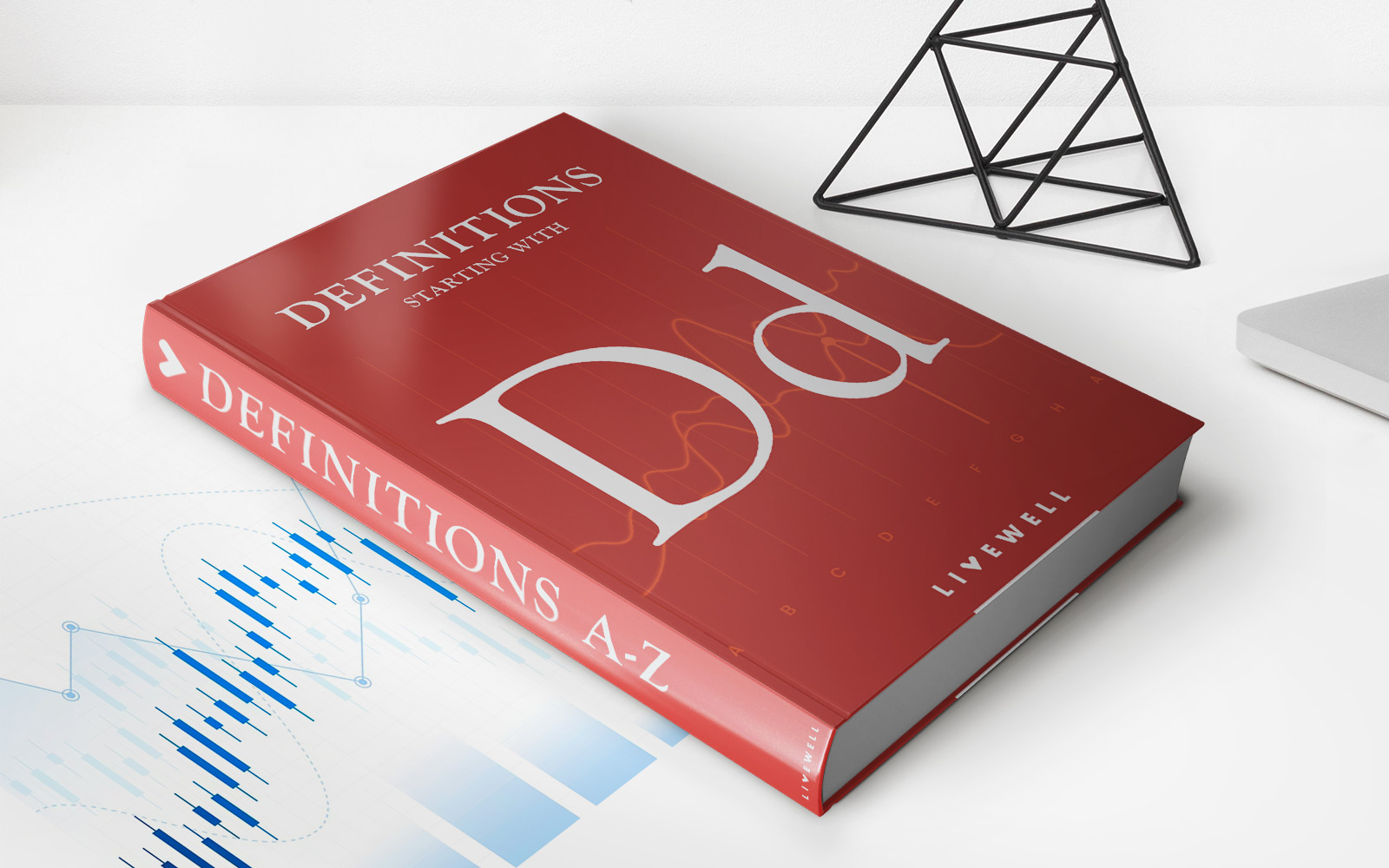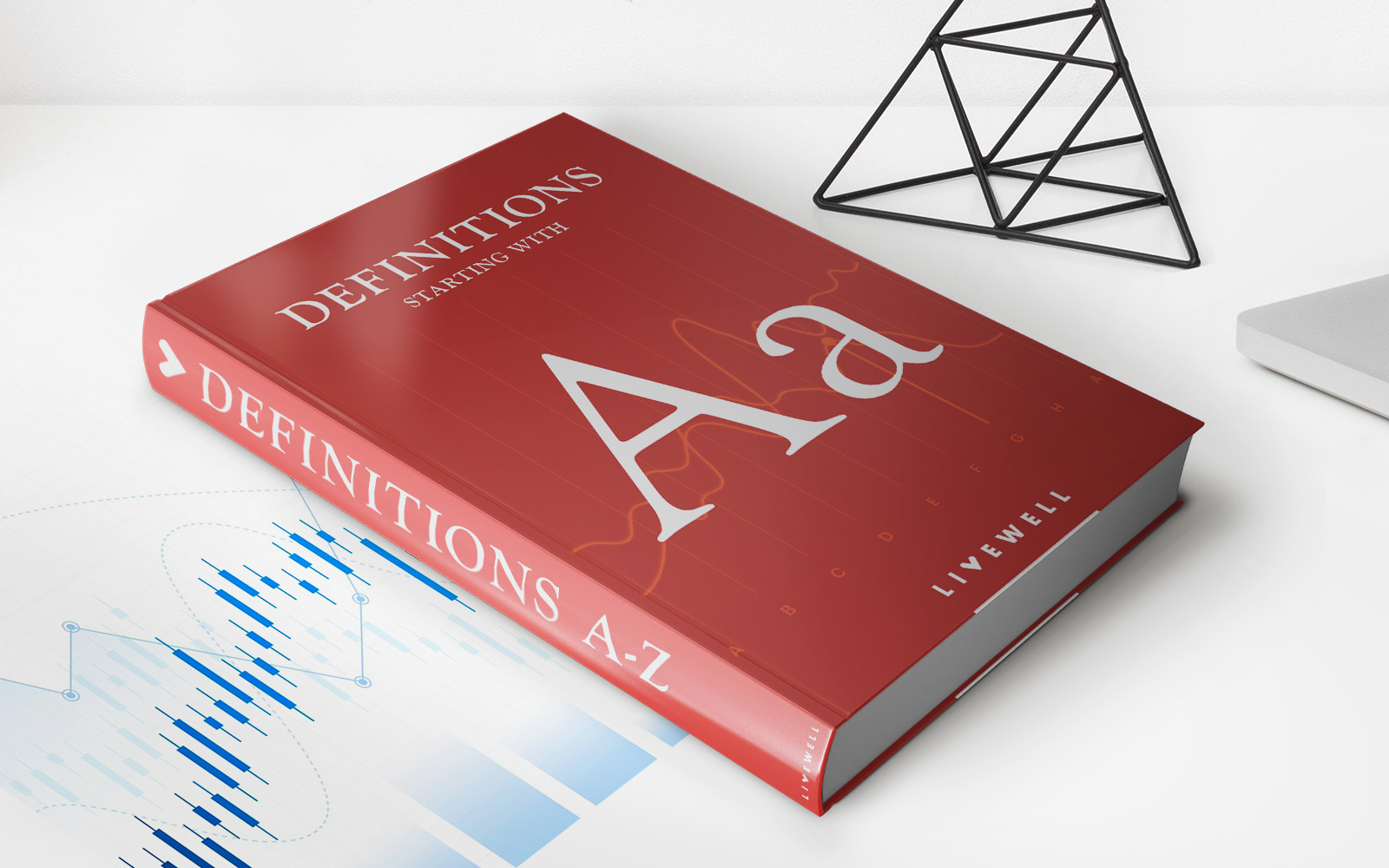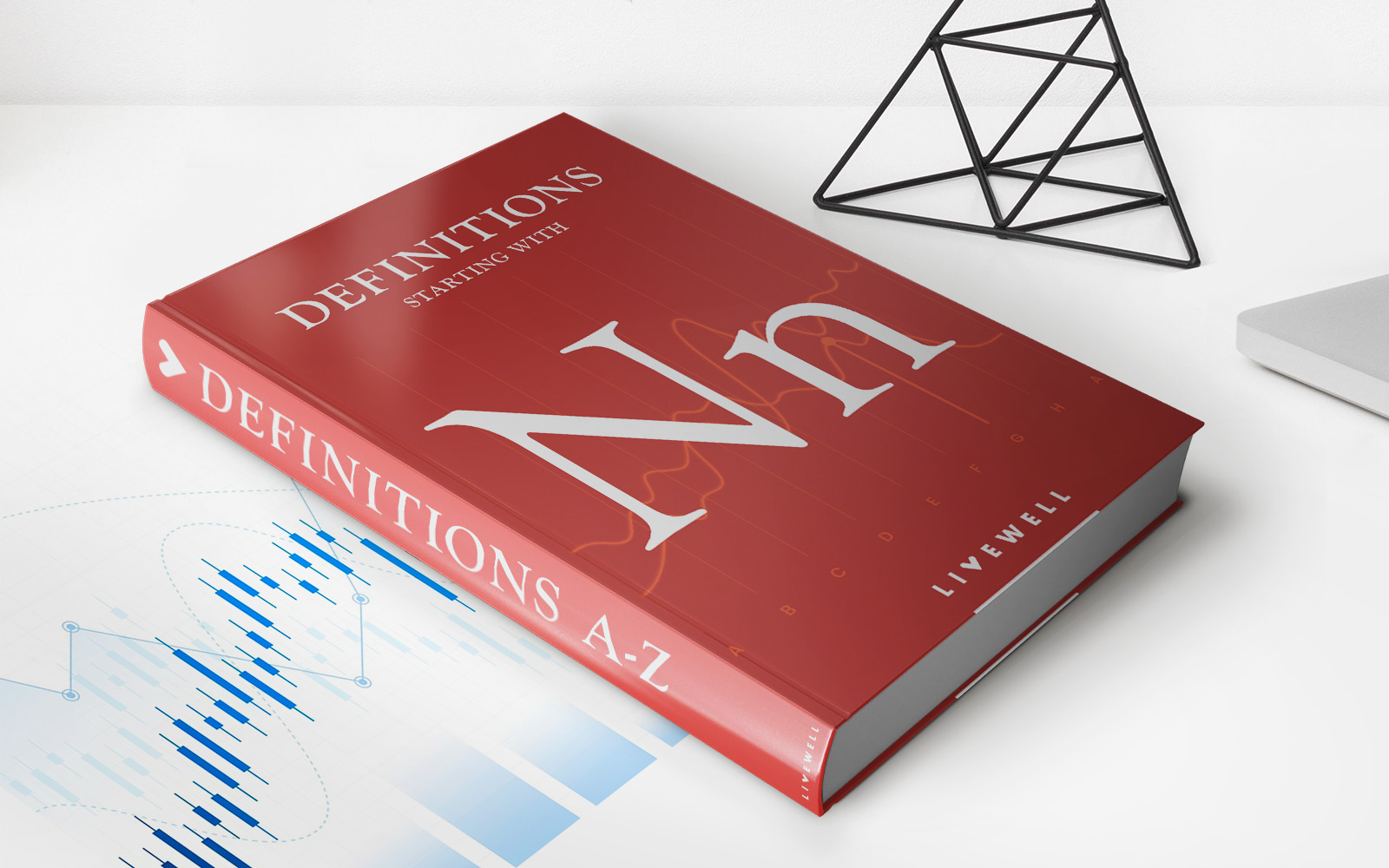Home>Finance>Law Of One Price: Definition, Example, Assumptions
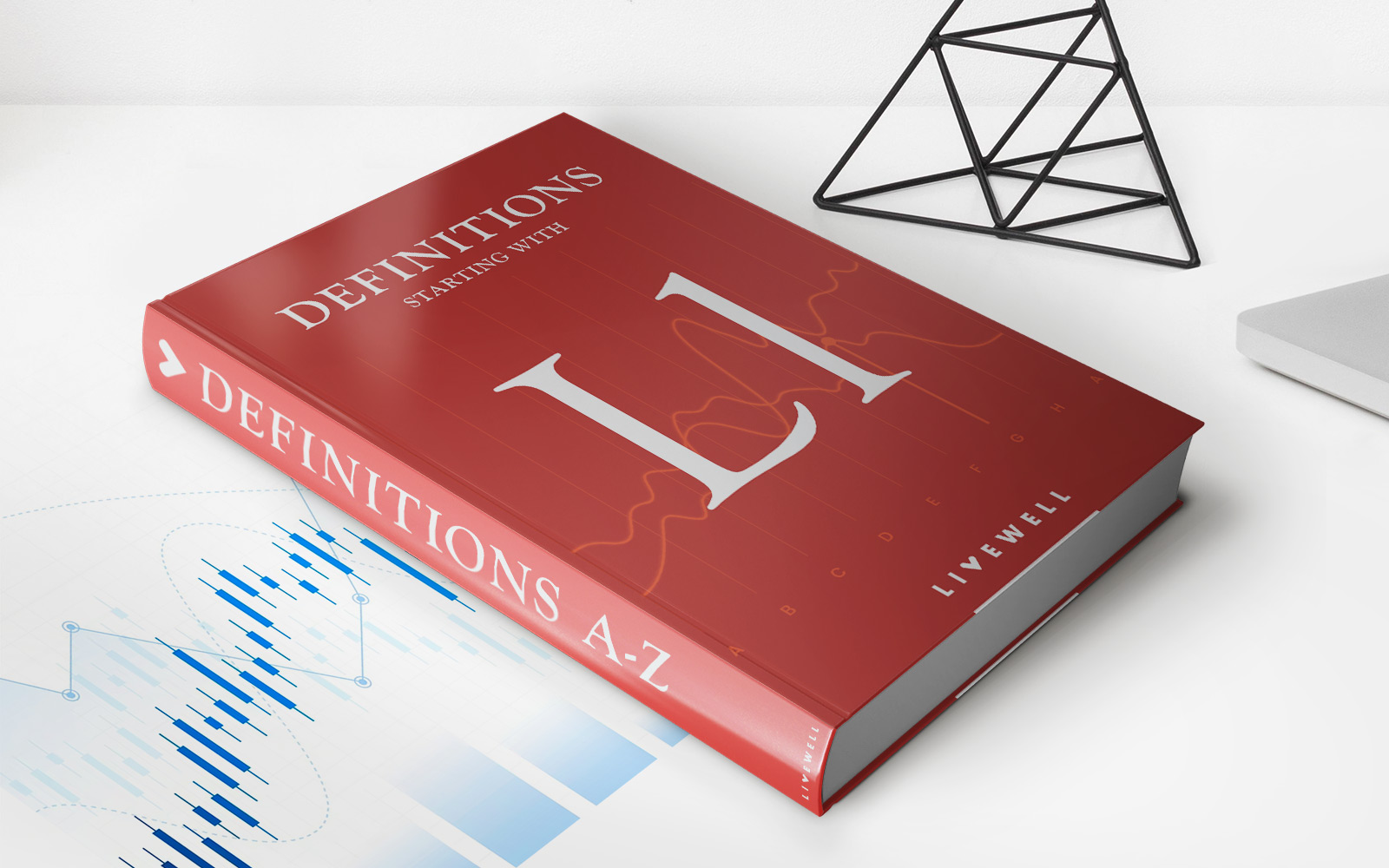

Finance
Law Of One Price: Definition, Example, Assumptions
Published: December 16, 2023
Learn about the Law of One Price in finance, including its definition, examples, and assumptions. Explore how this principle impacts market equilibrium and pricing strategies.
(Many of the links in this article redirect to a specific reviewed product. Your purchase of these products through affiliate links helps to generate commission for LiveWell, at no extra cost. Learn more)
Finance: Understanding the Law of One Price
Have you ever wondered why the price of a product is different in different markets or locations? The Law of One Price (LOP) is a fundamental concept in finance that seeks to explain why the same goods or assets should trade at the same price when certain conditions are met. In this blog post, we will dive deeper into the definition, example, and assumptions behind the Law of One Price.
Key Takeaways:
- The Law of One Price states that identical goods or assets should have the same price when certain assumptions are met.
- Arbitrage opportunities arise when there is a deviation from the Law of One Price, and traders can profit by buying low in one market and selling high in another.
Definition:
The Law of One Price is an economic theory that states that identical goods or assets should trade at the same price in efficient markets, assuming there are no transaction costs or barriers to trade. It is based on the principle of arbitrage, which suggests that traders would take advantage of any differences in prices across markets.
According to the Law of One Price, if an identical product is traded in two different markets, the price should be equal once all costs related to transportation, taxes, and duties are accounted for. In other words, in an efficient market, there should be no opportunity for traders to buy a product at a lower price in one market and sell it at a higher price in another.
Example:
To understand the Law of One Price better, let’s consider a hypothetical example. Suppose there is a stock named XYZ Company traded on two different stock exchanges, Exchange A and Exchange B. Both exchanges offer the same amount of shares of XYZ Company, and there are no restrictions on trading between them.
Under the Law of One Price, the stock price of XYZ Company on Exchange A and Exchange B should be the same, provided there are no transaction costs. If there is a difference in the stock price, arbitrage opportunities would arise. Traders could buy shares at a lower price on one exchange and sell them at a higher price on the other, leading to equalization of prices.
Assumptions:
For the Law of One Price to hold true, certain assumptions must be met:
- Perfect Competition: The market should be competitive, with many buyers and sellers, so that no individual can influence prices.
- No Transaction Costs: There should be no costs associated with buying, selling, or moving goods or assets between markets, including transportation costs, taxes, or duties.
- Efficient Markets: The markets should be efficient, meaning that all relevant information is known and freely available to all participants.
- Identical Goods or Assets: The goods or assets being compared should be identical in terms of quality, features, and characteristics.
- No Barriers to Trade: There should be no restrictions, such as legal or regulatory barriers, that prevent the free flow of goods or assets between markets.
While these assumptions may not always hold true in real-world markets, they provide a theoretical framework for understanding the Law of One Price and its implications.
In Conclusion:
The Law of One Price is a fundamental concept in finance that highlights the importance of market efficiency and the equalization of prices for identical goods or assets. While there may be deviations from this law in certain situations, arbitrage opportunities can arise, allowing traders to profit from price differences. By understanding the Law of One Price and its assumptions, investors and traders can make more informed decisions when it comes to pricing and trading goods or assets.
